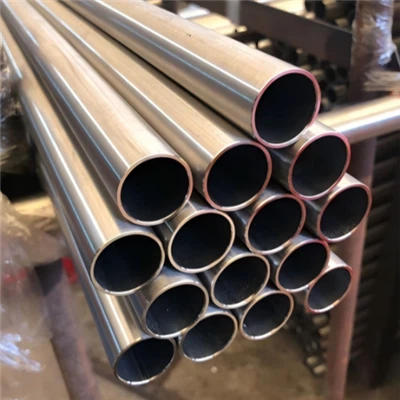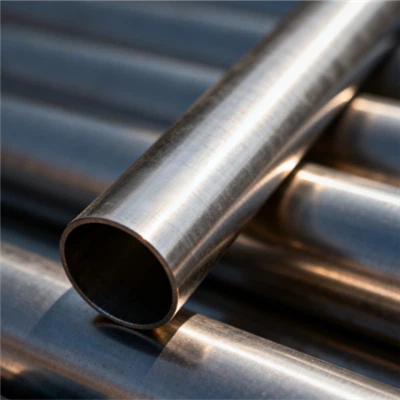1. Austenitic stainless steel
♦ 304 stainless steel
Chemical composition: About 18% chromium and about 8% nickel. Chromium makes stainless steel have good corrosion resistance, while nickel further improves corrosion resistance and stabilizes austenite structure.
Performance characteristics: It has good corrosion resistance and can resist corrosion from the atmosphere, water, general chemicals, etc. It also has good heat resistance and can be used in a wide temperature range. In daily life, 304 stainless steel pipes are often used to make kitchen utensils, such as water pipes and pots; in the construction field, it is used for decoration, handrails, etc., with beautiful appearance and durability.
Processing performance: Easy to process and shape, can be bent, welded, etc., with good welding performance, and the corrosion resistance of the weld is similar to that of the parent material.
♦ 316 stainless steel
Chemical composition: Molybdenum (about 2-3%) is added to 304 stainless steel.
Performance characteristics: Corrosion resistance is stronger than 304 stainless steel, especially in environments containing chloride ions, such as marine environments, chemical equipment, etc. It has excellent resistance to pitting and crevice corrosion, so it is often used in seawater treatment equipment, chemical pipelines, medical equipment and other fields with high corrosion resistance requirements.
Processing performance: Similar to 304 stainless steel, it has good processability, but due to the presence of molybdenum, its cost is relatively high.
2. Martensitic stainless steel
♦ 410 stainless steel
Chemical composition: Chromium content is about 12%.
Performance characteristics: It has high strength and hardness, and its corrosion resistance is weaker than austenitic stainless steel, but it is suitable for some occasions where corrosion resistance is not particularly high but strength is required. For example, it is used in parts such as knives and valves, and its hardness and wear resistance can be improved through appropriate heat treatment.
Processing performance: Its mechanical properties can be adjusted through heat treatment processes such as quenching and tempering, but its welding performance is relatively poor, and special process treatment is required during welding.
3. Ferritic stainless steel
♦ 430 stainless steel
Chemical composition: Chromium content is about 17%.
Performance characteristics: It has good corrosion resistance, especially in oxidizing environments. Its thermal conductivity is better than that of austenitic stainless steel and its cost is relatively low. It is often used in areas such as architectural decoration and automobile exhaust pipes that have certain requirements for corrosion resistance and are cost-sensitive.
Processing performance: The processability is good, but the magnetic enhancement may occur during cold processing.







